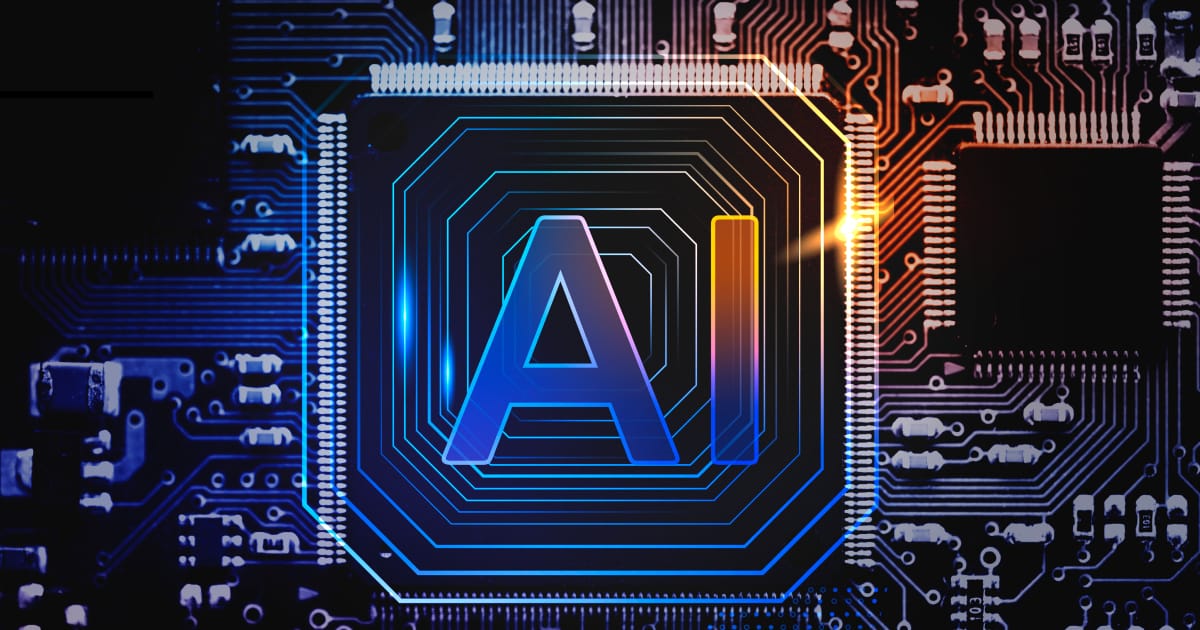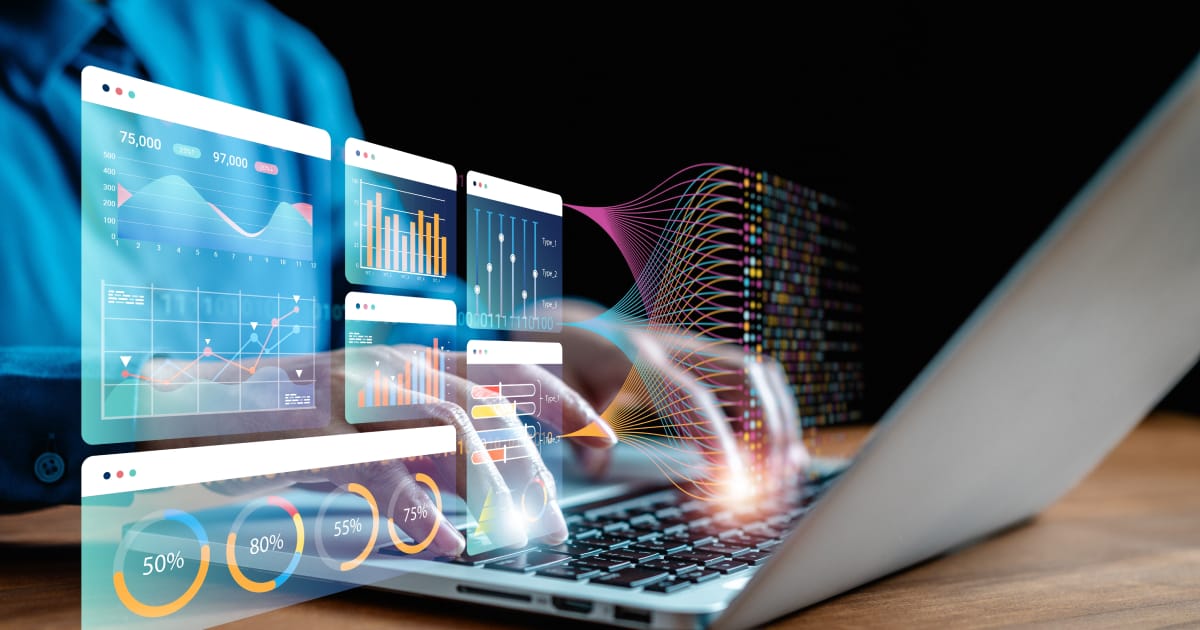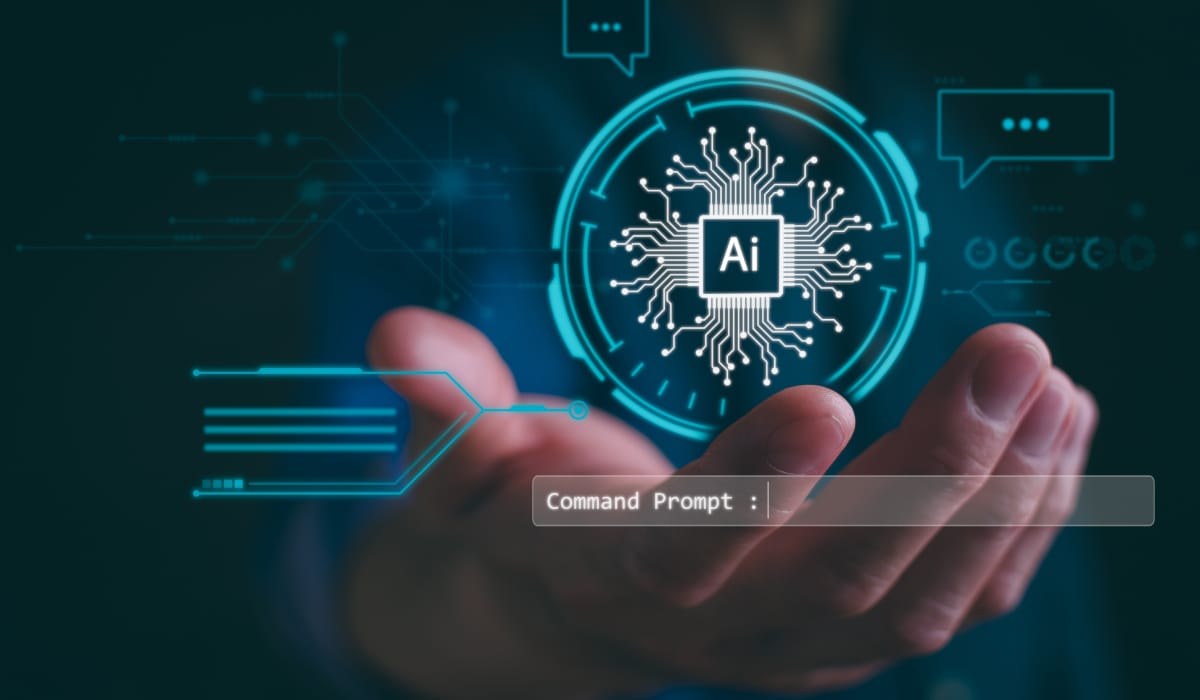There’s hardly a domain left untouched by AI—and experimentation is no exception. Over the past two decades, the concept of randomized controlled testing—once confined to medicine, economics, and public policy—has evolved into a foundational practice in digital businesses, enabling product managers, marketers, and analysts to truly evaluate the changes they want to make and decide whether to expose them to all users.
While there’s a new wave of experimentation focused on AI performance, this article focuses solely on the impact AI is having on the process of experimentation in the digital realm.
Before diving in, it’s important to understand how experimentation works.
At its core, digital experimentation is about comparing two or more versions of a webpage, feature, experience, or backend system (such as ML models) to identify which performs better for customers—measured through metrics like click-through rate, conversion rate, engagement, or retention.
The proposed change (treatment) is exposed to one set of users, while another similar set sees the original (control) experience. The differences in outcomes are analyzed to determine if the change had a statistically significant effect. The results guide decisions, with validation checks like power analysis and guardrail metrics ensuring the robustness of the experiment.
The traditional experimentation process—from idea to implementation to insight—is time- consuming and often limited by bandwidth, tooling, and cognitive biases. This is where AI can jump in.
AI’s involvement in the experimentation process can be broadly grouped into three areas:
Hypothesis Generation
Traditionally, hypotheses have been intuition-led or based on basic analysis insights, often requiring the involvement of domain experts. As data collection grows exponentially across touchpoints, hidden patterns and micro-opportunities often go unnoticed. AI helps bridge the gap.
AI tools connected to traditional databases can sift through large volumes of data, detect anomalies, and—utilizing business context available through organizational historical insights—highlight new hypotheses that are ripe for testing, including those that may be hidden from the human eye. These tools can essentially function as ‘hypothesis engineers,’ surfacing test-worthy ideas that might take analysts weeks to find manually. This can enable organizations in the early stages of experimentation adoption to ramp up quickly and reach the level of experimentation maturity seen in more advanced organizations.
Rapid Prototyping
Once a hypothesis is formed, the next challenge is turning it into a testable variant—often requiring cross-functional effort between design, engineering, and product.
AI-powered content creation: Tools like generative image and text models allow marketers and designers to quickly mockup new iterations—headlines, layouts, visuals, and landing pages—without starting from scratch.
Code generation: Engineers can leverage AI assistants (like GitHub Copilot) to generate front-end code components, speeding up variant development.
The result? Faster iterations, lower costs, and more bandwidth to test bold ideas.
Insights Generation G Interpretation
Analyzing test results is where many organizations falter—not because of the statistics, but because interpretation is influenced by subjective bias, limited statistical literacy, or misaligned KPIs.
The bottleneck is also in the bandwidth of analysts (larger organizations and some of the experimentation tools in the market have solved this to a greater extent, though).
AI-powered analysis: AI can enhance the results given by experimentation tools by running post-hoc analyses on other segments.
Bias detection: AI can act as a second set of eyes—questioning assumptions or identifying false positives and negatives based on historical baselines. Interpretation of concepts like peeking, true randomization, and cross-variable influence often depends on those leading the process. AI tools can help challenge biases in result interpretation.
Narrative generation: Gen AI can auto-summarize results in plain English, making it easier for cross-functional teams to understand the inferences and act faster. This is highly useful in democratizing learnings across larger audience groups when experiments are run at scale.
Over time, AI can elevate the overall rigor of decision-making and reduce the risk of flawed interpretations steering product roadmaps.
As AI becomes more deeply embedded in the experimentation process and its capabilities advance, we could see the emergence of AI agents that manage the entire experimentation lifecycle autonomously. Picture a system where AI analyses user behavior, pinpoints friction points or opportunities, formulates hypotheses, designs and builds UI variants, deploys tests, and evaluates results—all without human intervention.
While components of this vision are already taking shape within modern experimentation platforms, the realization of a fully autonomous, end-to-end AI experimentation agent would fundamentally transform how digital products are optimized—offering unmatched speed, scalability, and precision.




